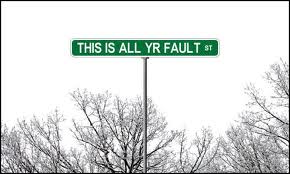 [CNN] Numerous scientists have studied how the 1918 flu spread to become the deadliest pandemic in history and which interventions worked, research that is becoming increasingly relevant during the current coronavirus crisis.
[CNN] Numerous scientists have studied how the 1918 flu spread to become the deadliest pandemic in history and which interventions worked, research that is becoming increasingly relevant during the current coronavirus crisis.But little research has been done on how environmental conditions affected the 1918 pandemic -- until now.
The 1918 flu coincided with the final years of the World War I, and it's been well documented that heavy rain and cold temperatures impacted many battles. Now, a new study reveals that the cold, rainy weather was part of a once-in-a-century climate anomaly
| ...a once a century climate anomaly is not climate change, merely climate variation, it seems to me... |
"We knew before, of course, from photos and eyewitness testimonies that the battlefields of Europe were really muddy and rainy and soldiers died of all sorts of exposure, even drowning in the mud and the trenches sometimes. What is news is that in fact it was a six-year anomaly and not just one or two instances," said lead researcher Alexander More, a research associate at Harvard University's history department and an assistant professor at the University of Maine's Climate Change Institute.
A team of more than a dozen scientists collected and analyzed an Alpine ice core to reconstruct the environmental conditions of Europe during the World War I. The process involves using a laser that melts a tiny bit from the ice surface and analyzing the chemicals released from each layer of water vapor. It's so precise they can pinpoint exact seasons from each layer of ice.
Researchers then compared that ice core data to historical records of deaths during that time period and records of precipitation and temperatures from each month.